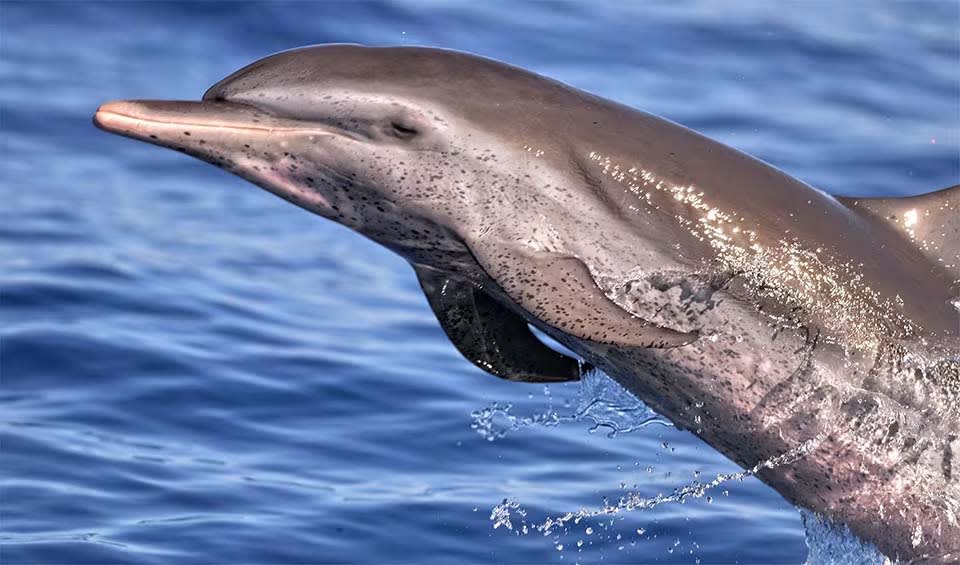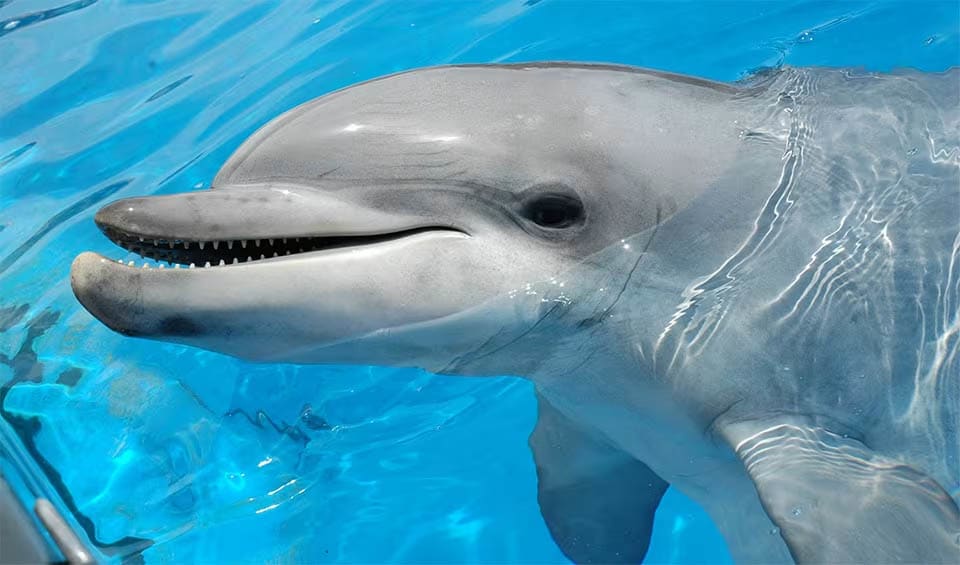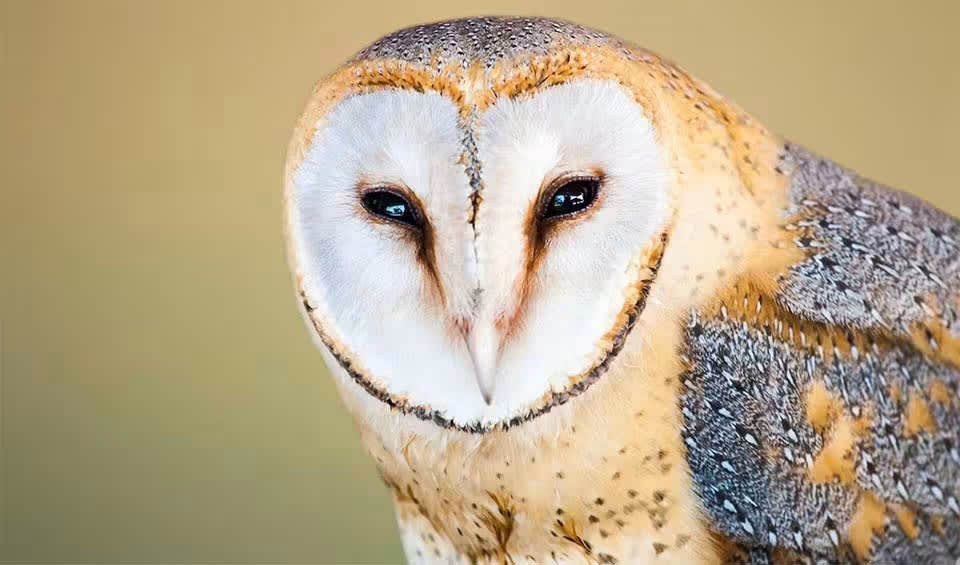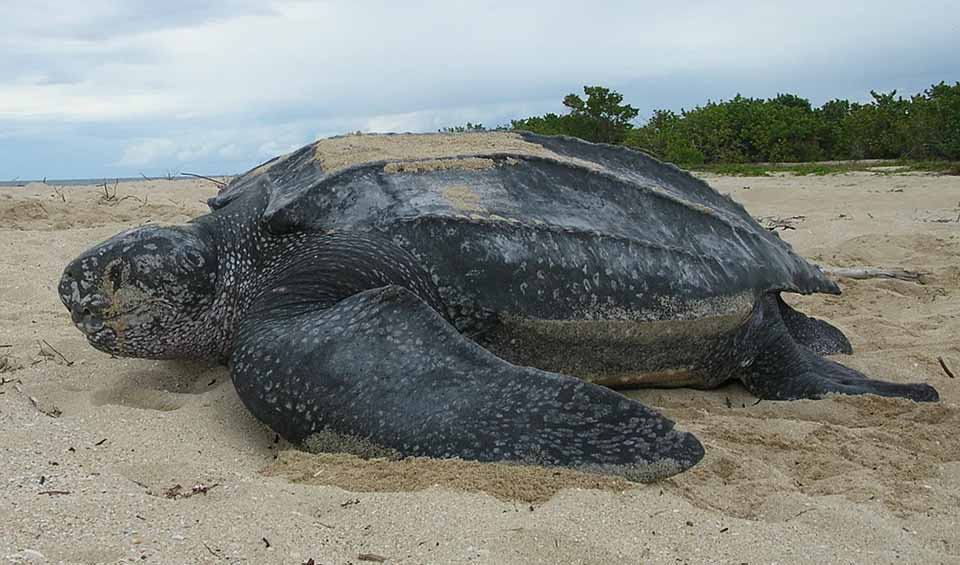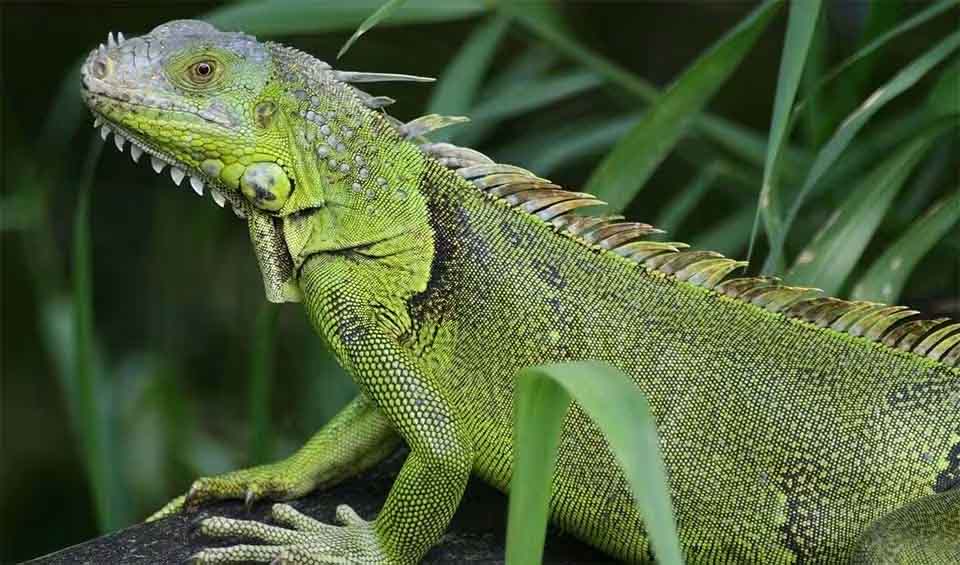Curaçao, spanning approximately 444 km² (171 mi²), lies north of the Venezuelan coast and is part of the Lesser Antilles. The island is separated from mainland South America by a deep ocean trench and features a volcanic core with a hilly, semi-arid landscape rimmed by fossil coral reefs. This variety of habitats makes Curaçao the most biodiverse of the Dutch islands, home to rare and endemic plants and animals.
The island measures 64 km (40 miles) in length and 16 km (10 miles) in width, boasting diverse terrains that include rolling hills, coastal plains, and limestone caves. Curaçao enjoys a tropical savannah climate with warm temperatures year-round and a dry season from January to September. Consistent trade winds provide a pleasant cooling effect, making it an ideal destination for outdoor activities.
Four pillars elaborated:
Established in 1978, the 1,800 hectare (18 km²) park includes Curaçao’s highest point, Mount Christoffel, standing at 372 meters (1,220 ft). It boasts diverse landscapes, from dry forests to cacti and orchids, and provides ample opportunities for hiking, biking, and wildlife observation. The Shete Boka National Park safeguards the rugged north coast of Curaçao, featuring seven inlets carved into limestone cliffs by the sea. Visitors can explore caves, natural pools, and blowholes while witnessing the powerful waves crashing against the rocks. Land Management
Land Management
While not situated on Curaçao, the neighboring Bonaire National Marine Park is easily accessible by boat and offers renowned diving and snorkeling experiences, encompassing over 2,700 hectares (27 km²) of coral reefs, seagrass beds, and mangroves teeming with marine life.
Curaçao’s biodiversity faces several threats that endanger its unique ecosystems and species. Urbanization and tourism-related development cause significant habitat loss, replacing natural habitats with infrastructure such as hotels and roads, which leads to declines in indigenous species populations and potential extinctions. Climate change exacerbates these threats, with rising ocean temperatures causing more frequent and severe coral bleaching events, where coral polyps expel the symbiotic algae essential for their nutrition and vibrant colors. Threats to Biodiversity
Threats to Biodiversity
Additionally, mangroves in Curaçao are highly endangered due to years of eradication, leaving only a small fraction of the island covered by these critical ecosystems, which protect coastlines and serve as vital breeding and nursery grounds for marine species. These challenges underscore the urgent need for enhanced conservation efforts to safeguard Curaçao’s rich natural heritage.
Curaçao has implemented various laws to promote environmental conservation and safeguard biodiversity. These include the Plastic Law, which prohibits the use of foam containers, plastic cutlery, and plastic bags, with exceptions for biodegradable plastic bags. Additionally, the National Ordinance on the Conservation of Nature focuses on protecting natural areas and species, while the National Ordinance on Environment Management provides a framework for sustainable development. Capacity and Governance
Capacity and Governance
The National Ordinance on Environmental Impact Assessment mandates assessments for certain projects to prevent environmental harm. Other relevant regulations encompass various aspects such as fishing, reef protection, and sea turtle conservation. These laws and regulations underscore Curaçao’s dedication to environmental stewardship and the responsible management of its natural resources.
Curaçao has developed a comprehensive Biodiversity Plan 2030 as part of its sustainable development strategy, focusing on safeguarding its biodiversity. The plan encompasses five key themes: education, economy, sustainability, national identity, and good governance. Running until 2030, the National Development Plan 2015-2030 addresses challenges, including biodiversity loss, emphasizing sustainable resource management and environmental protection. Future Trends
Future Trends
Moreover, Curaçao benefits from funding opportunities such as BESTLIFE2030, which supports nature conservation and restoration projects in the Caribbean region, contributing to the protection of the island’s diverse biodiversity.
Biodiversity
A Caribbean gem off the coast of Venezuela, Curaçao is a testament to the wonders of nature. Despite its small size, it is home to a diverse range of ecosystems and a rich biodiversity. The island’s arid climate nurtures unique flora and fauna, including a variety of cacti, divi-divi trees, and the rare Curaçao white-tailed deer, a true marvel of nature. The island’s terrestrial biodiversity is a treasure trove, primarily concentrated in areas like Christoffel National Park, which shelters several endemic plant species, lizards, and birds such as the Curaçao barn owl and the yellow warbler.Curaçao’s coastal and marine environments are particularly notable for their breathtaking biodiversity. The island is surrounded by coral reefs that host a vibrant array of marine life, including colorful coral species, tropical fish, sea turtles, and various invertebrates. The waters around Curaçao are also home to dolphins and occasionally whale species. The coral reefs and clear waters make Curaçao a popular destination for diving and snorkeling, offering a unique opportunity to witness the beauty and diversity of the underwater world.
In the table below are the number of known species in several main groups, how many of these species are Threatened with extinction, and how many of them are Endemic (unique to Curaçao only):
| Species (World rank) |
Threatened | % Threatened | Endemic | % Endemic | |
|---|---|---|---|---|---|
| Mammals | |||||
| Birds | 141 (#183) | 1 | 0.7% | ||
| Reptiles | 9 (#186) | 5 | 55.6% | 6 | 66.7% |
| Amphibians | |||||
| Fishes | 625 (#95) | 39 | 6.2% | 5 | 0.8% |
| Plants | 516 (#197) | 2 | 0.4% |
mammals
Pantropical spotted dolphin
A champion swimmer and a social butterfly of the warm seas
Common bottlenose dolphin
Known for their acrobatic leaps, twisting and turning gracefully as they jump completely out of the water
birds
Groove-billed ani
Got a long tail, a big head, and a curved bill with little grooves on it – that’s where its name comes from
Barn owl
The most cosmopolitan of owls with home ranges extending across the globe
Crested caracara
Got the looks of a hawk with the scavenging habits of a vulture
reptiles
Leatherback sea turtle
The mysterious diver of the ocean is the largest and only sea turtle without a hard shell and scales
Hawksbill sea turtle
Its slender frame and narrow head bear a beak curved like a hawk’s, earning this marine marvel its name
Green iguana
From the US down to Brazil, this trans-American lizard is the most common iguana
National Animals
American flamingo
Famous for its habit of standing on one leg
